Rising Pork Consumption
The increasing consumption of pork in South Korea is significantly impacting the porcine vaccines market. As pork remains a staple protein source for many South Koreans, the demand for healthy and disease-free pigs is paramount. This trend is expected to drive farmers to invest more in vaccination programs to ensure the health of their livestock. Recent statistics indicate that pork consumption in South Korea has risen by approximately 3% annually, leading to a corresponding increase in the need for effective vaccines. Consequently, the porcine vaccines market is likely to expand as producers seek to enhance the health and productivity of their herds to meet consumer demand.
Advancements in Vaccine Technology
Technological advancements in vaccine development are playing a crucial role in shaping the porcine vaccines market. Innovations such as recombinant vaccines and adjuvant technologies are enhancing the efficacy and safety of vaccines available for swine. These advancements not only improve the immune response in pigs but also reduce the incidence of adverse effects, making vaccination more appealing to farmers. The introduction of new vaccine formulations is expected to increase market penetration, as producers are more likely to adopt products that demonstrate superior performance. As a result, the porcine vaccines market is anticipated to witness substantial growth driven by these technological improvements.
Increasing Awareness of Animal Health
The growing awareness regarding animal health and welfare in South Korea is driving the porcine vaccines market. Farmers and producers are increasingly recognizing the importance of vaccination in preventing diseases that can affect swine populations. This heightened awareness is likely to lead to a rise in vaccination rates, thereby boosting demand for porcine vaccines. According to recent data, the swine population in South Korea is approximately 10 million, and with the increasing focus on biosecurity measures, the market for vaccines is projected to grow at a CAGR of around 5% over the next few years. This trend indicates a shift towards more proactive health management practices in the livestock sector. Such practices are essential for maintaining productivity and profitability in the porcine industry.
Economic Incentives for Disease Prevention
Economic factors are significantly influencing the porcine vaccines market in South Korea. The rising costs associated with disease outbreaks in swine herds are prompting farmers to invest in preventive measures, including vaccination. By vaccinating their livestock, producers can mitigate the financial risks associated with disease management and loss of productivity. Recent analyses suggest that the economic impact of swine diseases can lead to losses exceeding $100 million annually in South Korea. Consequently, the porcine vaccines market is likely to benefit from this economic rationale, as farmers seek to protect their investments and ensure the sustainability of their operations.
Regulatory Support for Vaccination Programs
Regulatory frameworks in South Korea are increasingly supportive of vaccination programs, which is beneficial for the porcine vaccines market. The government has implemented policies that encourage the use of vaccines to control and prevent swine diseases. This regulatory support is likely to enhance the adoption of vaccination practices among farmers, thereby increasing the overall market size. Furthermore, initiatives aimed at educating farmers about the benefits of vaccination are expected to foster a more robust market environment. As a result, the porcine vaccines market is projected to grow as compliance with vaccination regulations becomes more prevalent among livestock producers.


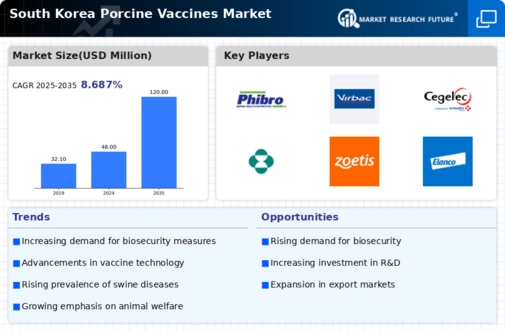
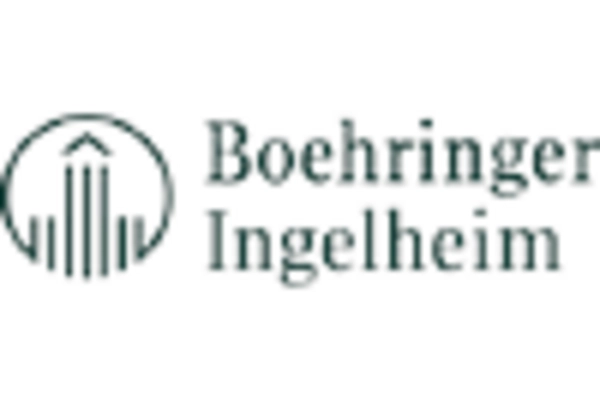
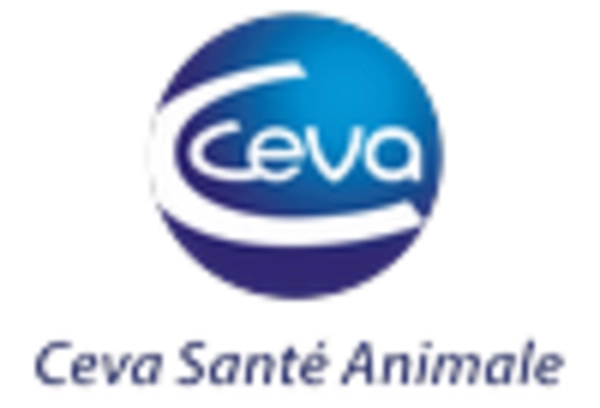
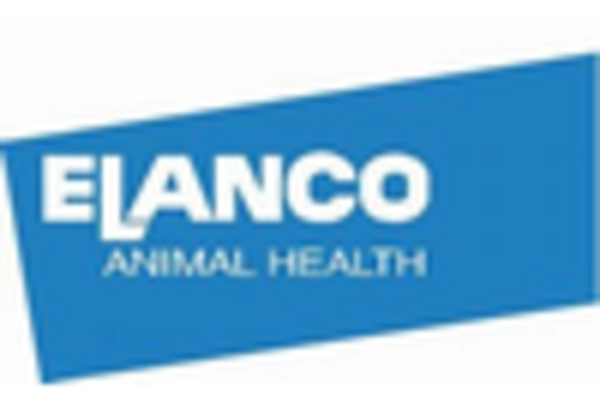
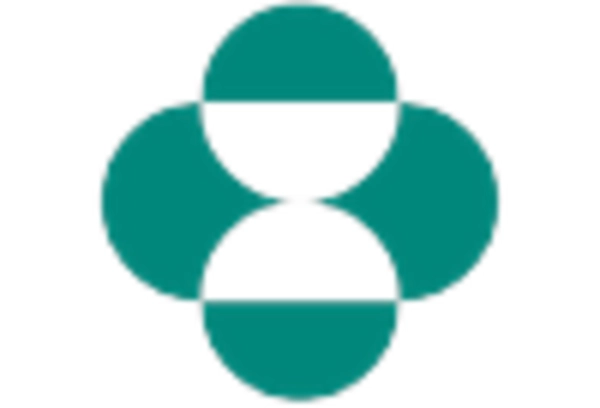
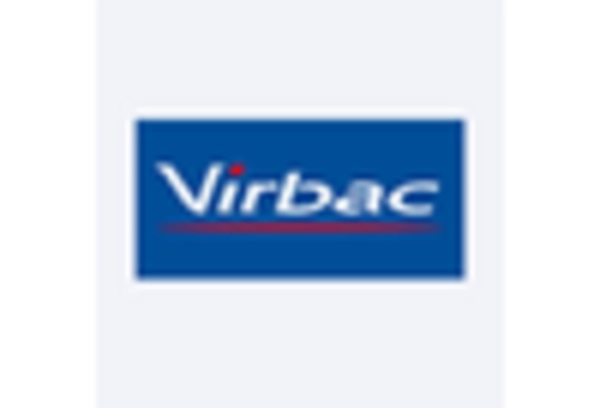
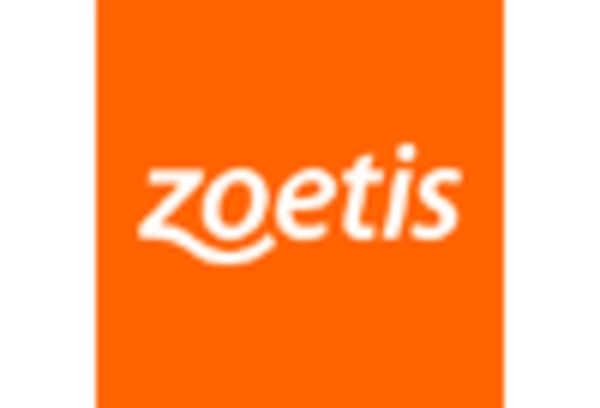








Leave a Comment